Guest Speaker Talk: Combine your passion with AI
The following is a talk I gave to high school students at the Mark Cuban Foundation AI bootcamp. It has been lightly edited to fit into a blog post. You can watch the live zoom presentation here.
The goal of the talk is to convince students that even non-computer-science majors can learn AI, and that the most effective way to launch a career in AI is by combining it with a hobby or area they are passionate about.
Part A: The backstory
Growing up, all I wanted to be was a basketball player. My dream was to play in the NBA. It wasn’t just a childhood dream, it was destiny. I saw no other outcome thanIt was a completely unreasonable dream, given that only one Lebanese-born player had ever made the NBA before. But I was convinced that with enough hard work, I could become the next Allen Iverson.
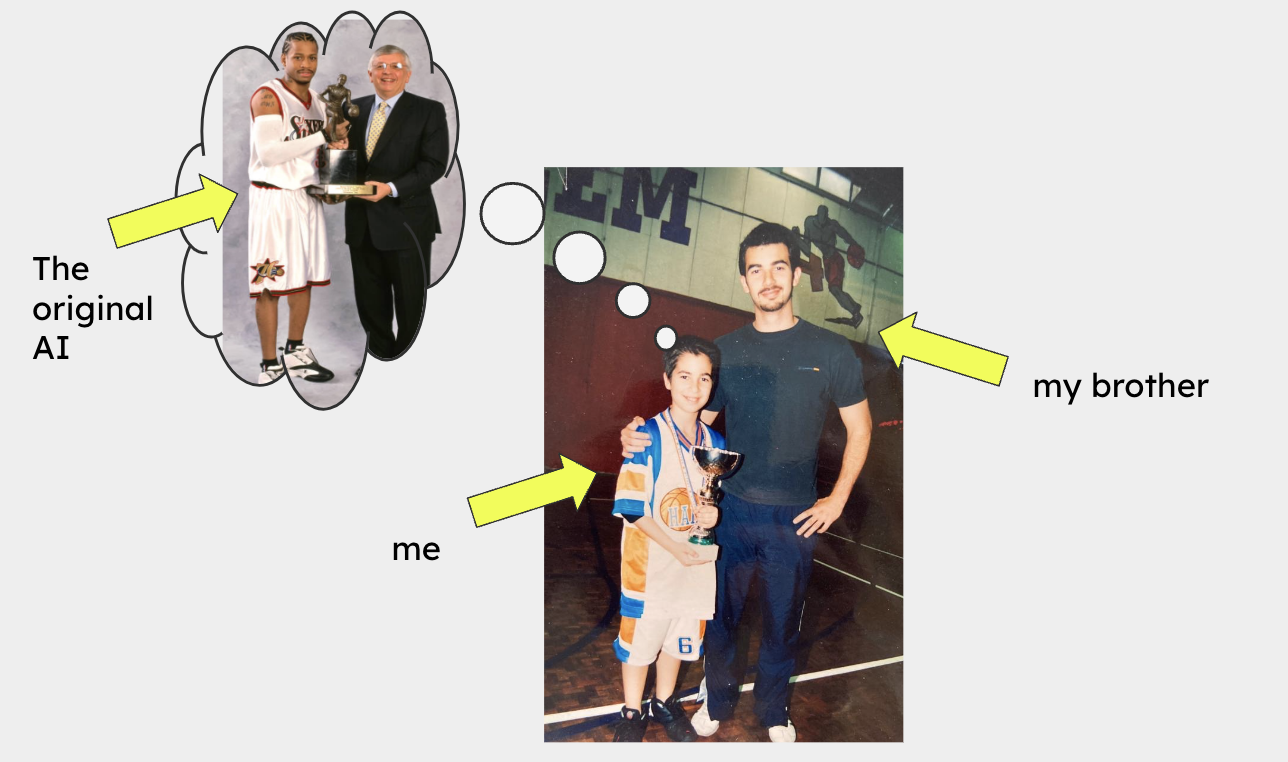 My go-to move has always been AI’s crossover dribble
My go-to move has always been AI’s crossover dribble
With time I got better and better, and eventually got recruited on the Lebanese Under-18 National Team. My favorite memory is scoring 14 points against China in the quarter finals. It was a huge accomplishment given the stakes, even though we lost that game by 31 points.
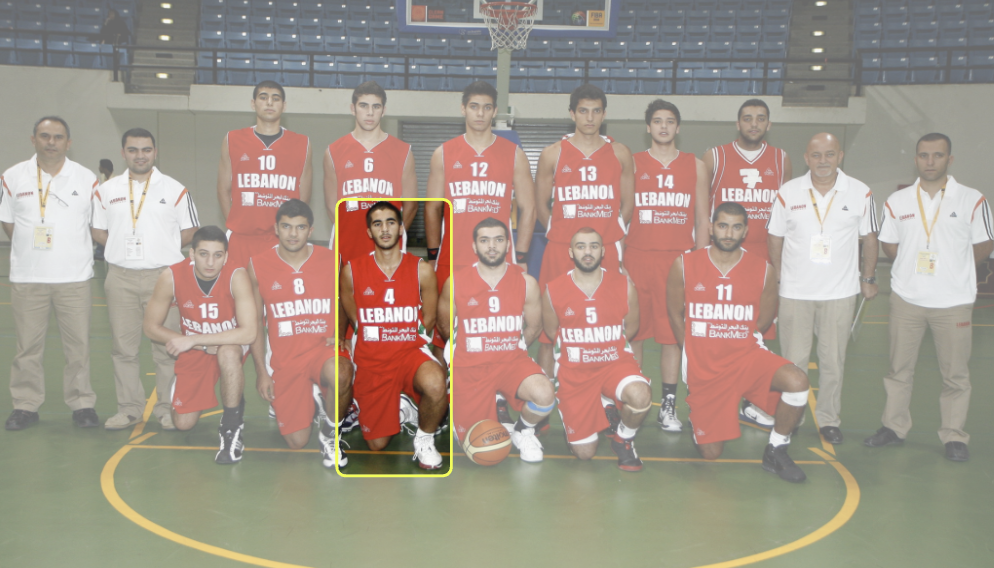 Team Lebanon at FIBA Asia U18 in 2010
Team Lebanon at FIBA Asia U18 in 2010
I was never one of the tallest or the fastest on the court, if that isn’t obvious from the picture, so I focused on becoming a great outside shooter. I discovered that the lower body is just as important for shooting than the upper body, and that the secret is efficient and repetitive movements.
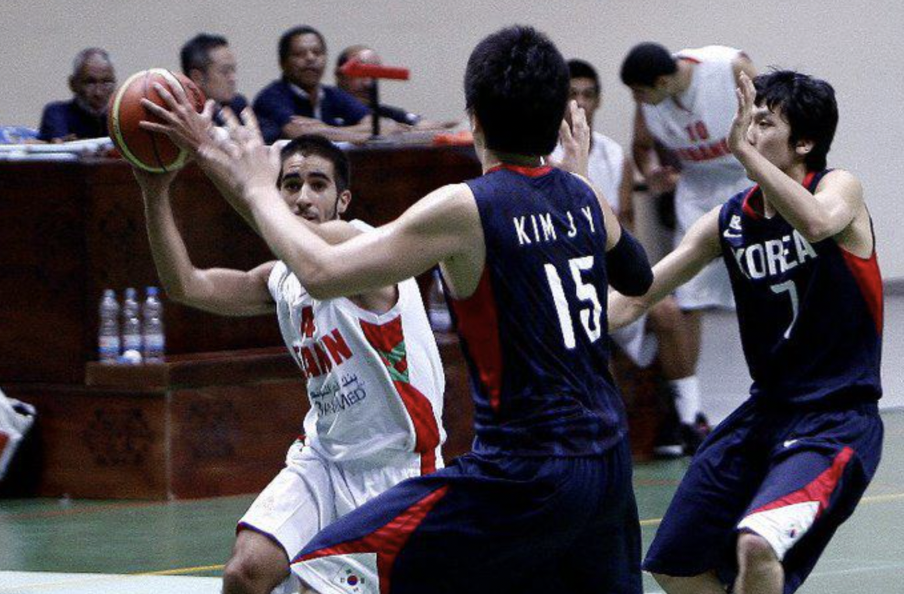 Slicing up the Korean defense
Slicing up the Korean defense
One day I woke up feeling like maybe a basketball career just wasn’t in the books for me. It wasn’t fun anymore, and the NBA dream seemed more distant than ever. It was time to come up with a plan B, so I travelled to the US to study economics.
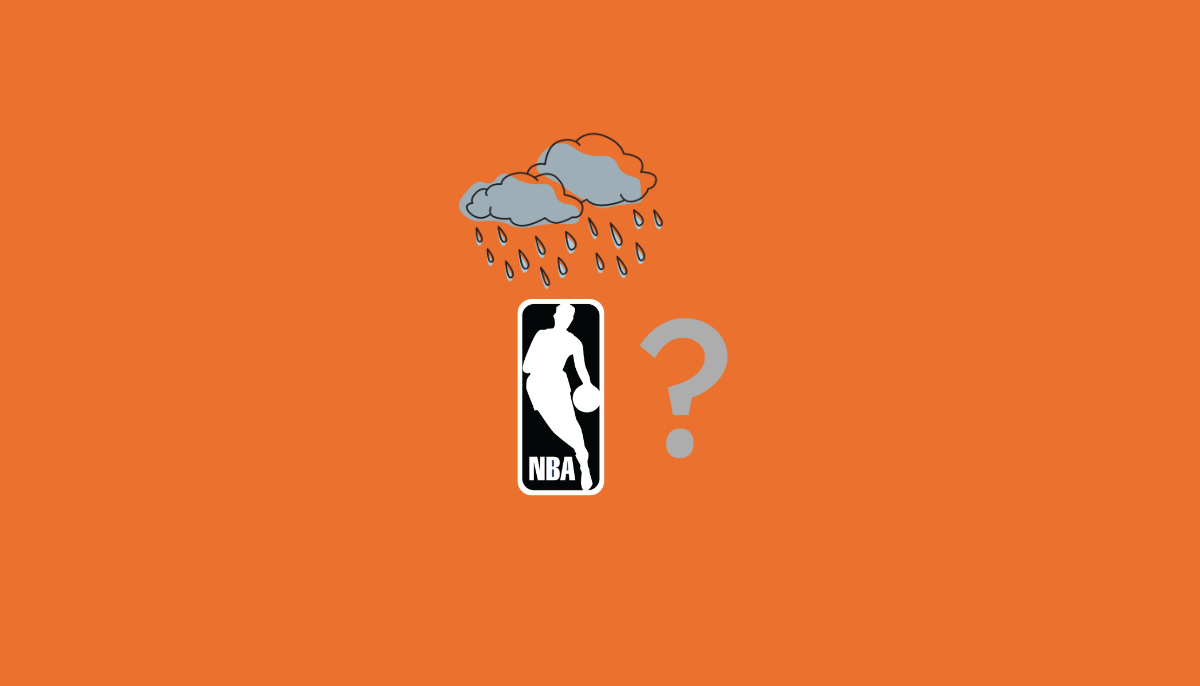
Economics was a fresh start. It felt open for multiple career paths and technical enough to acquire real skills. I learned about data and statistics, and how to write basic computer programs. But basketball didn’t go away, and I became interested in applying research skills onto sports.
 Georgetown University campus in Washington DC
Georgetown University campus in Washington DC
The movie ‘Moneyball’ had just come out. It told the story of a graduate student in economics who helped a baseball team uncover hidden talent using data. The student’s innovative use of statistics, which went against the team’s traditional scouting methods, led to tremendous success with tight budgets. I was inspired to do something similar for basketball.
 Peter Brand unleashing his statistical prowess on a much intrigued Oakland A’s GM Billy Beane
Peter Brand unleashing his statistical prowess on a much intrigued Oakland A’s GM Billy Beane
Analytics had also started making its way into basketball. Shot charts show where players like to shoot from and how successful they are from each location. In this example, Luka Doncic attempts most of his shots from around the basket or straight away three. He is more accurate from the right side of the court at 43% although most of his threes come from the left (in yellow). Derrick Jones Jr, on the other hand, tends to only shoot from the corners. By tracking shot coordinates, teams can put their players in a position to success and limit the opposition from getting to their spots.
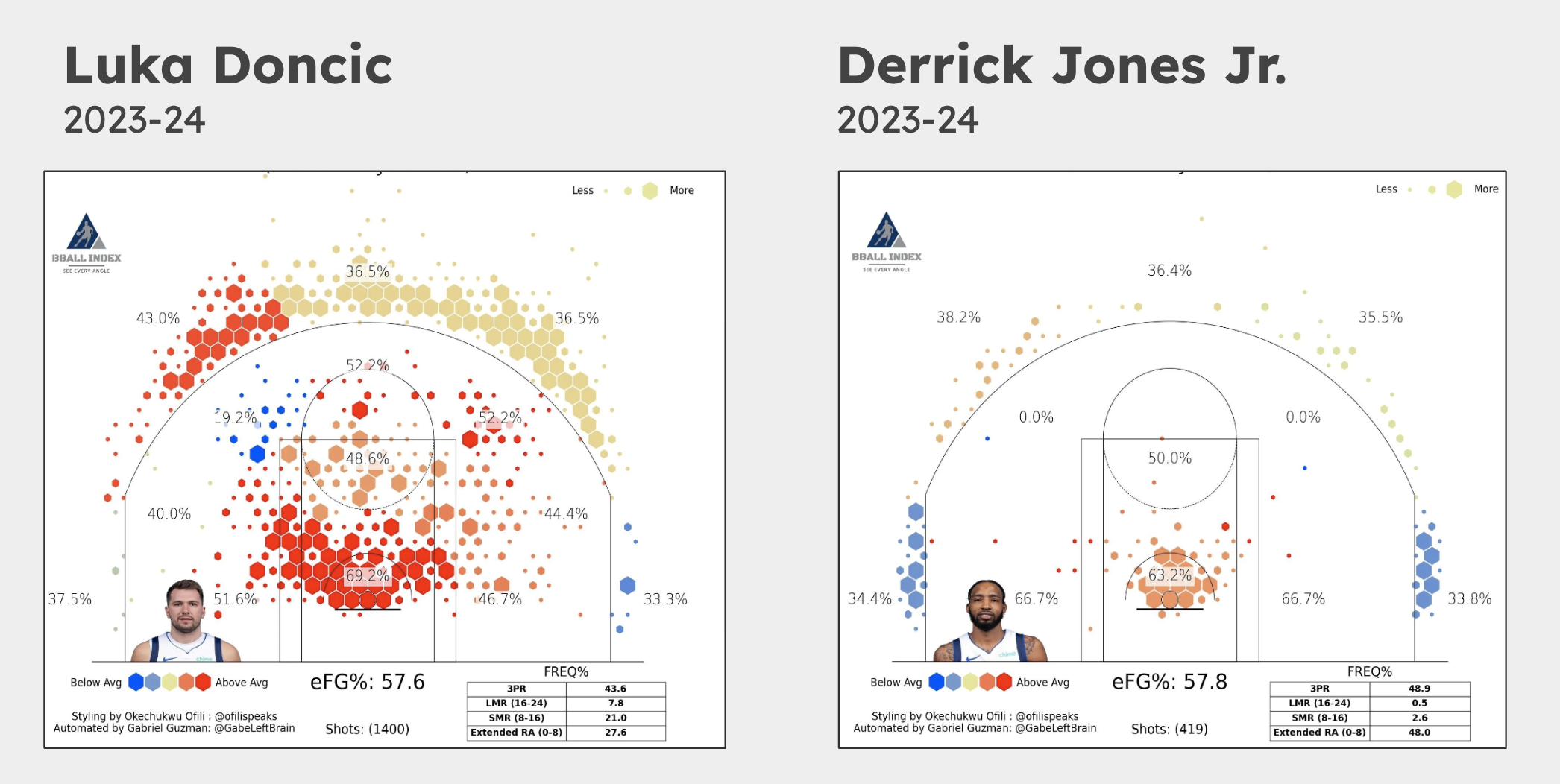 Shot charts remain one of the main ways NBA teams make use of location data
Shot charts remain one of the main ways NBA teams make use of location data
Advancements in AI have unlocked more interesting possibilities. In addition to tracking location, we could now track the movement patterns of every joint in the body. This could have tremendous applications for player evaluation, for instance in assessing ability to dribble with the off-hand. Teams could preserve athletes for longer by reducing unnecessary actions. They could also gain an edge in technique development and injury prevention, for example by detecting awkward motions.
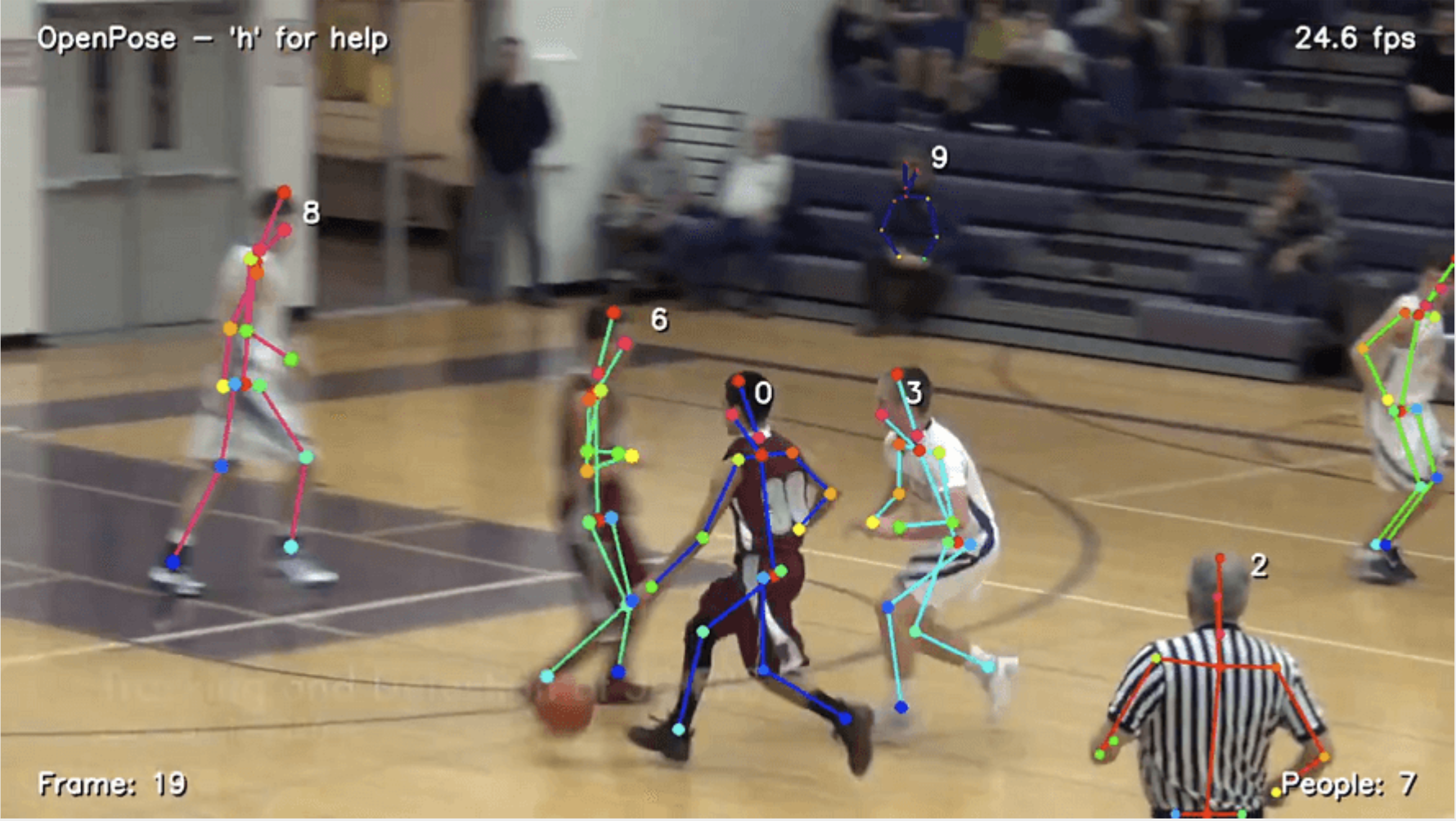 With AI we can now track mody movements
With AI we can now track mody movements
Shooting mechanics became very relevant as teams began attempting a lot more threes over time. With if AI Team could help players find their optimal shooting form? For instance, teams could compare makes and misses to indentify a player’s winning tendencies. Perhaps they could identify discrepencies across games and practice to nudge players toward better outcomes on the big stage. And what if we could systematically break down what makes great shooters, so we can teach it to aspiring athletes.
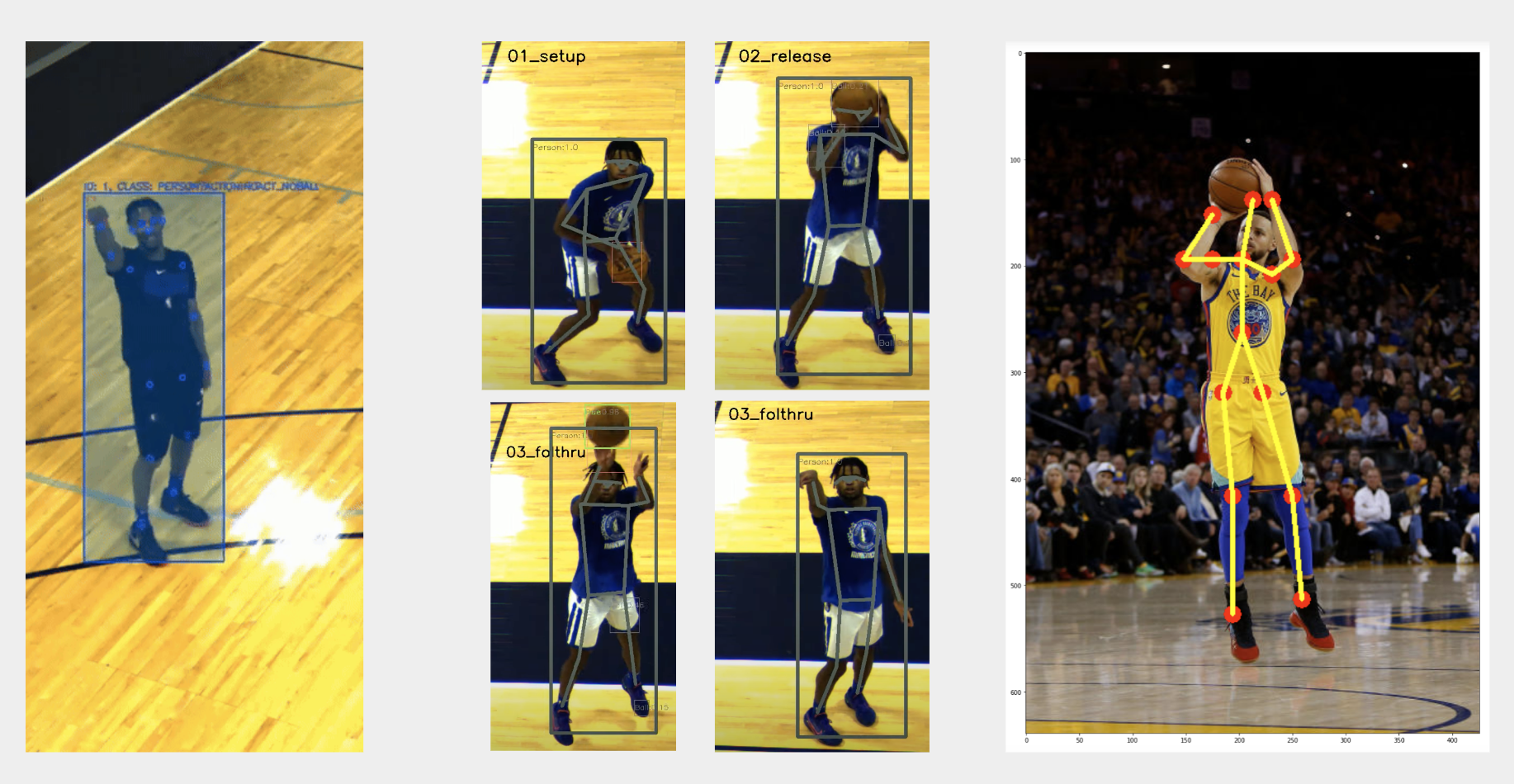 I am most interested in shooting mechanics
I am most interested in shooting mechanics
I started researching this project more deeply and found that the main concepts to use are object detection, pose detection, and action regonition. Ultimately, the goal would be track the ball from frame to frame, identify the shooter’s movements, and decompose the shot into segments in order to analyze it.
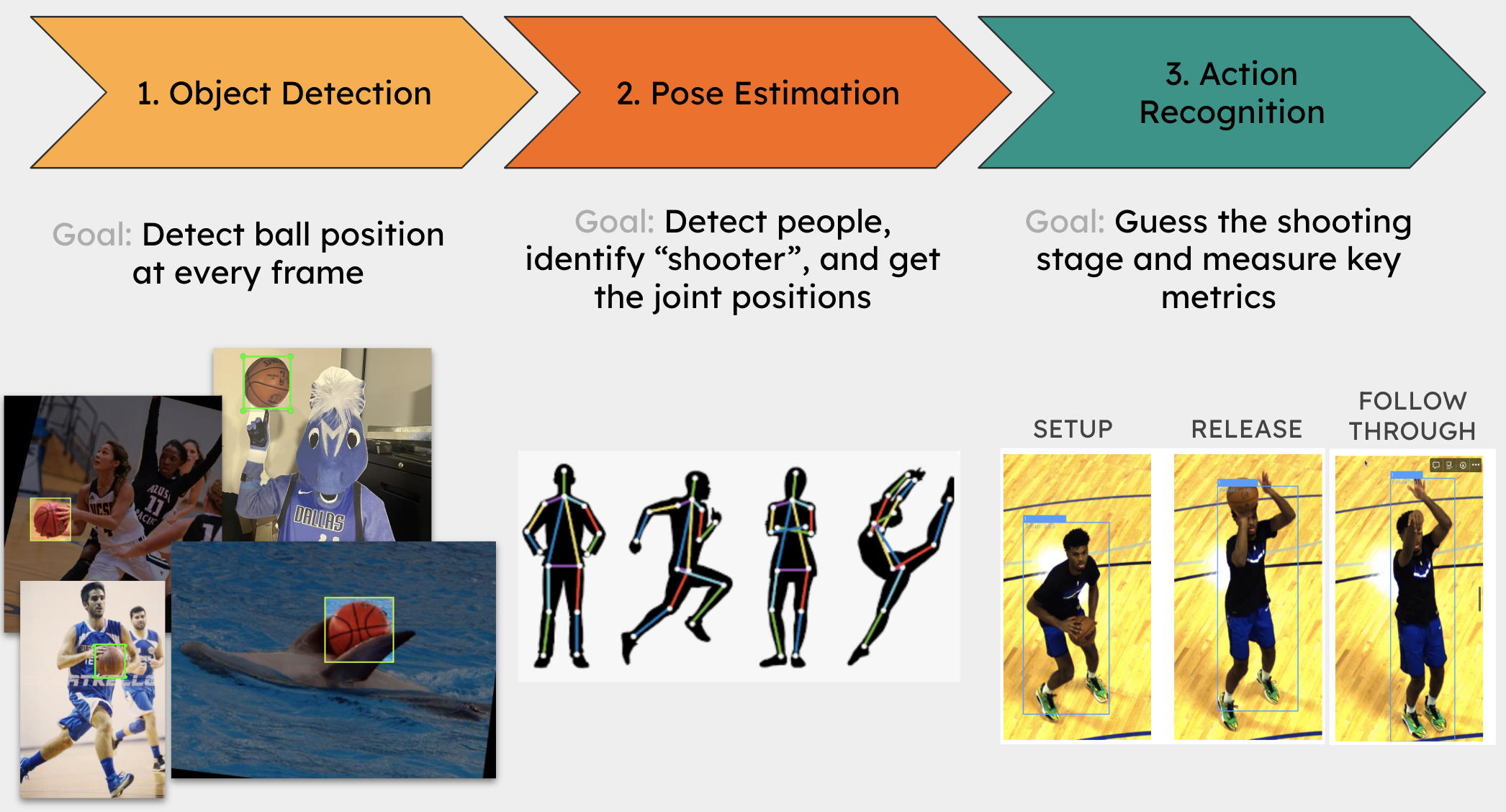 Analyzing shooting mechanics involves object detection, pose estimation, and action recognition
Analyzing shooting mechanics involves object detection, pose estimation, and action recognition
The goal from measuring key metrics across segments is to see what correlates with shot success. What matters for one player could be totally different for another. For instance, some players like to start from a wider stance, others may want to squat deeper, be quicker in their setup, or adopt a higher release point. It depends on the player’s morphology and physical attributes. I needed access to a lot more video data.
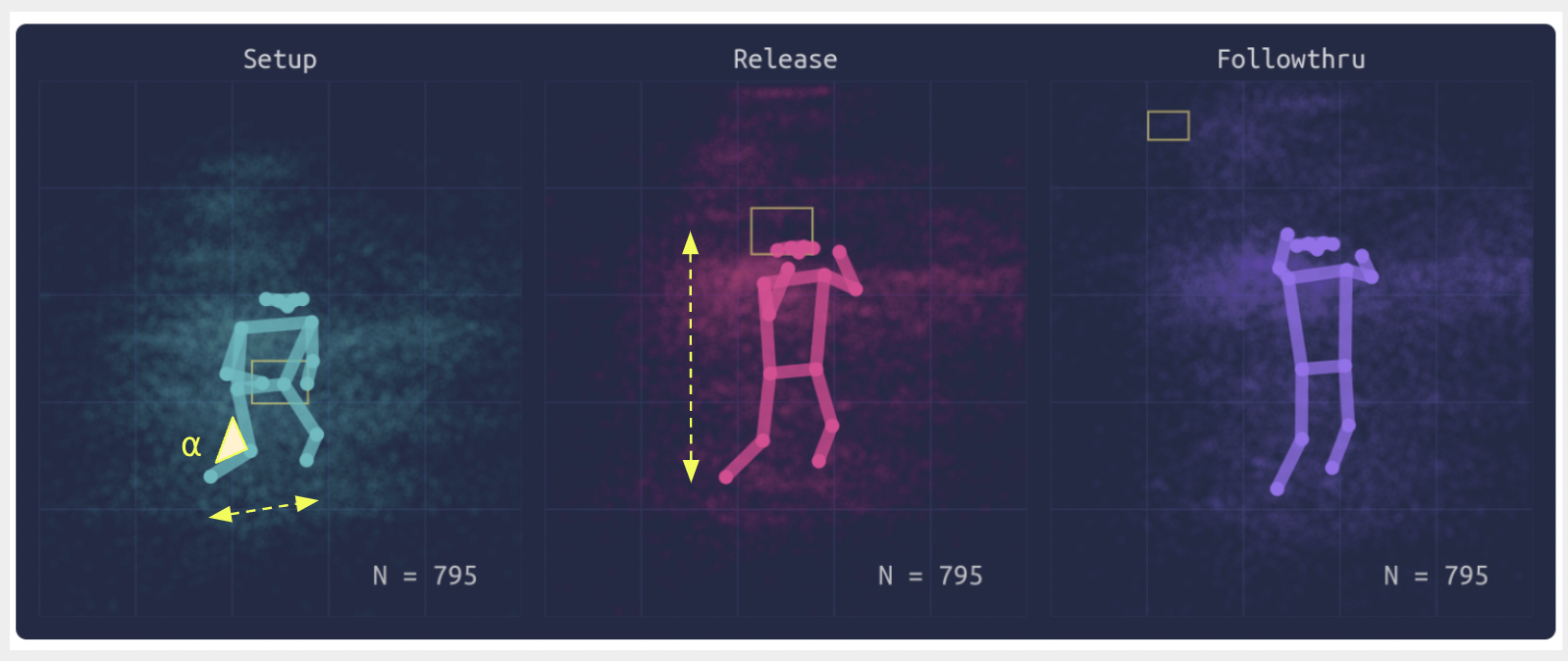
So I reached out to Mark Cuban hoping explore this project with the Mavs. He was interested in the idea and put me in touch with some of his people. One of them is Brian who taught me so much about AI, software engineering, and physics. Once we’d made enough progress, I simply asked Mark for a job. And here I am sharing this story with you, because if I can have a career in AI, you can do it too.
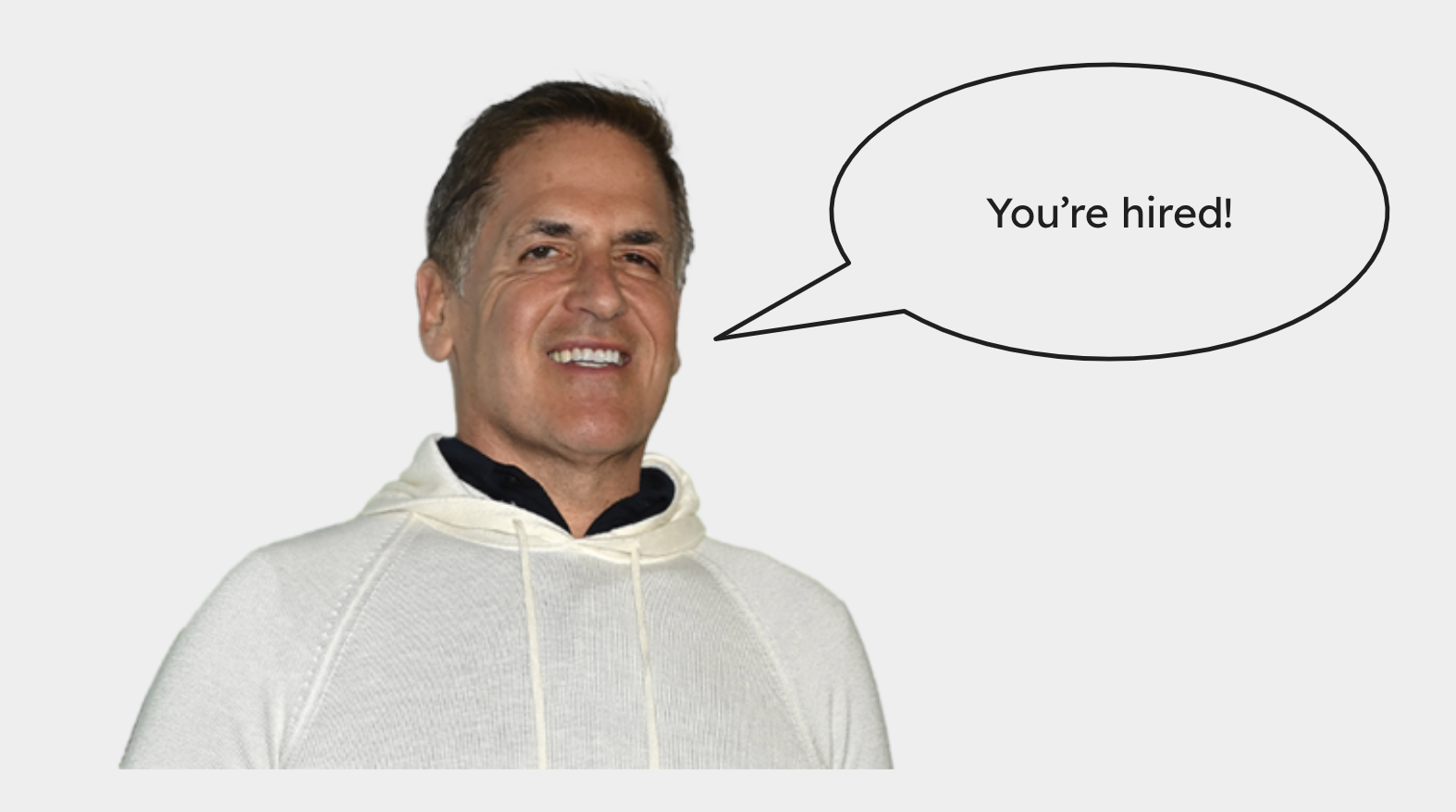
Part B: How does this apply to you?
I’ve come up with four steps that were instrumental in my journey and that you could easily apply to yourself.
But before we go on, I want you to know that AI isn’t rocket science. And every industry is ripe for disruption, not just sports. You can be part of the movement no matter your chosen path. If you’re passionate about healthcare, you can work on early disease detection, personalized treatment plans, or drug discovery acceleration. If you’re passionate about climate science, you can be working on extreme event forecasting, renewable energy systems, or using satellite imagery to track deforestation. Or maybe you are passionate about education, transportation, manufacturing, and creative work like art, music, and writing. Regardless of your career path, knowledge of AI will be extremely valuable.
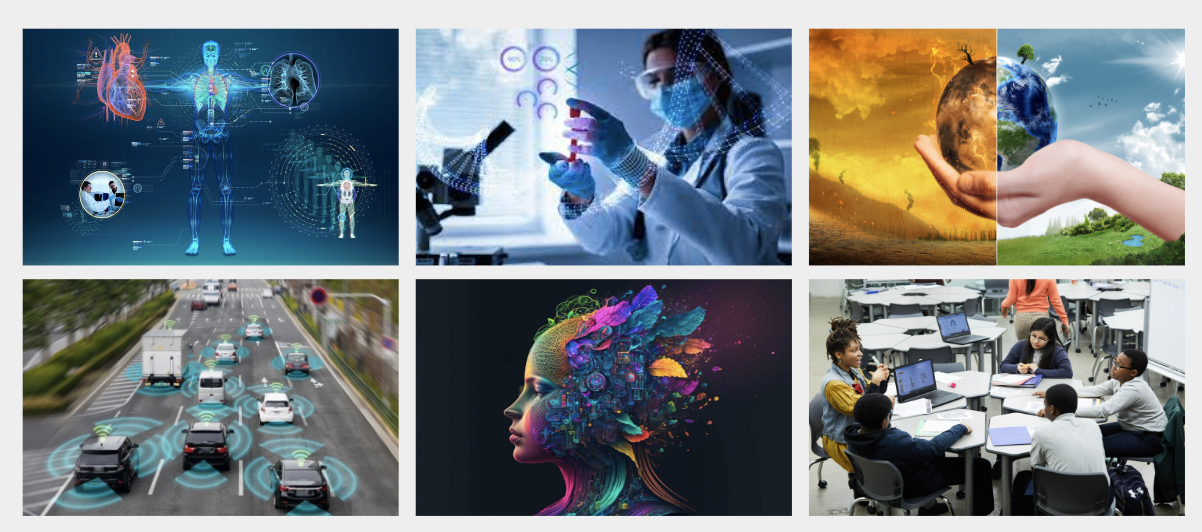
1. Combine two skill sets
I want you to think about combining two skill sets. It’s much easier to be great at two separate skills, than to be the best at one. Being the best requires a lot of factors outside of your control. Being great is achievable with deliberate practice and some level of commitment.
Consider that one of your skill sets is cooking. Suppose this is everyone in the world at the skill of cooking. I would be somewhere around here. Not as good as most people, but i’ve seen worse here. So if Ramzy is here, Gordon Ramsay would be here. Your target should be to be in the top 20%. Why is that?
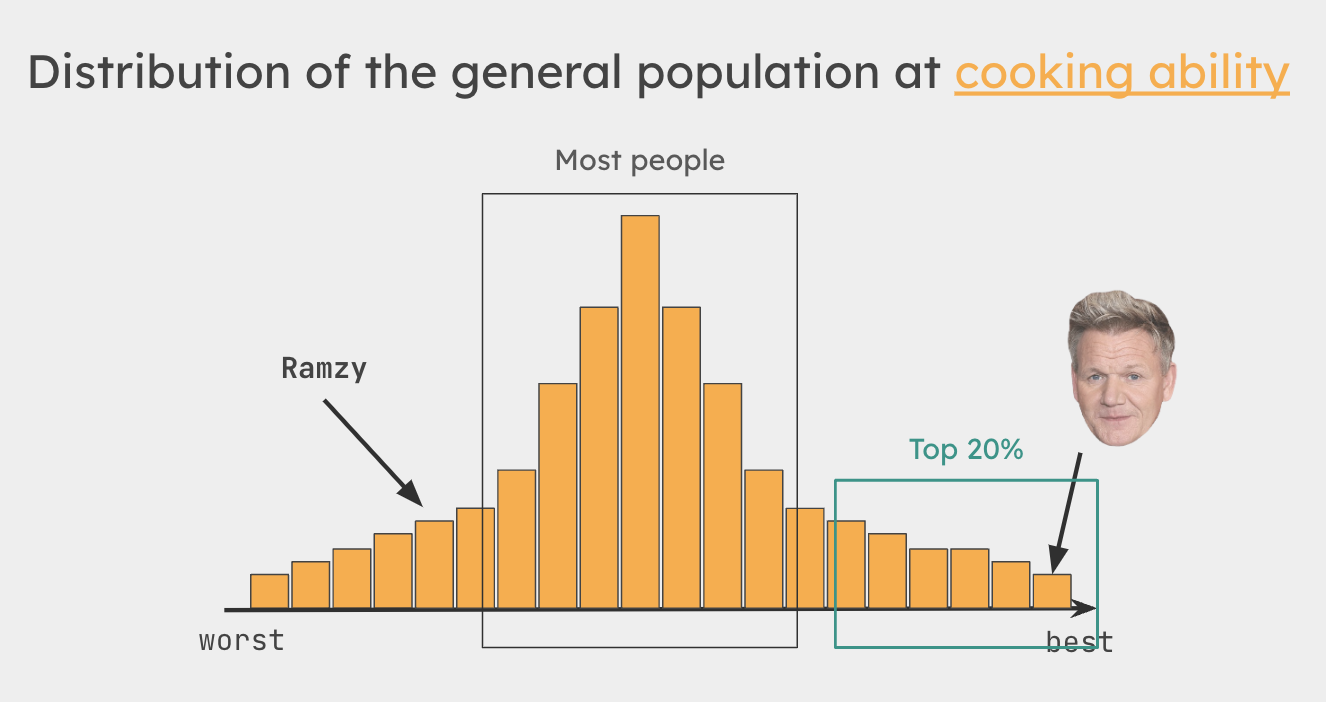
Suppose you develop another skill set, which is AI knowledge. Let’s say with enough work you crank the top 20% (of everyone in the world). Then if you combine your knowledge of AI with cooking ability, you will be creating a niche where you are one of the best. Perhaps you can develop an AI system that creates absolutely delicious recipes by utilizing out-of-the-box ingredient combinations that were previously inconceivable?
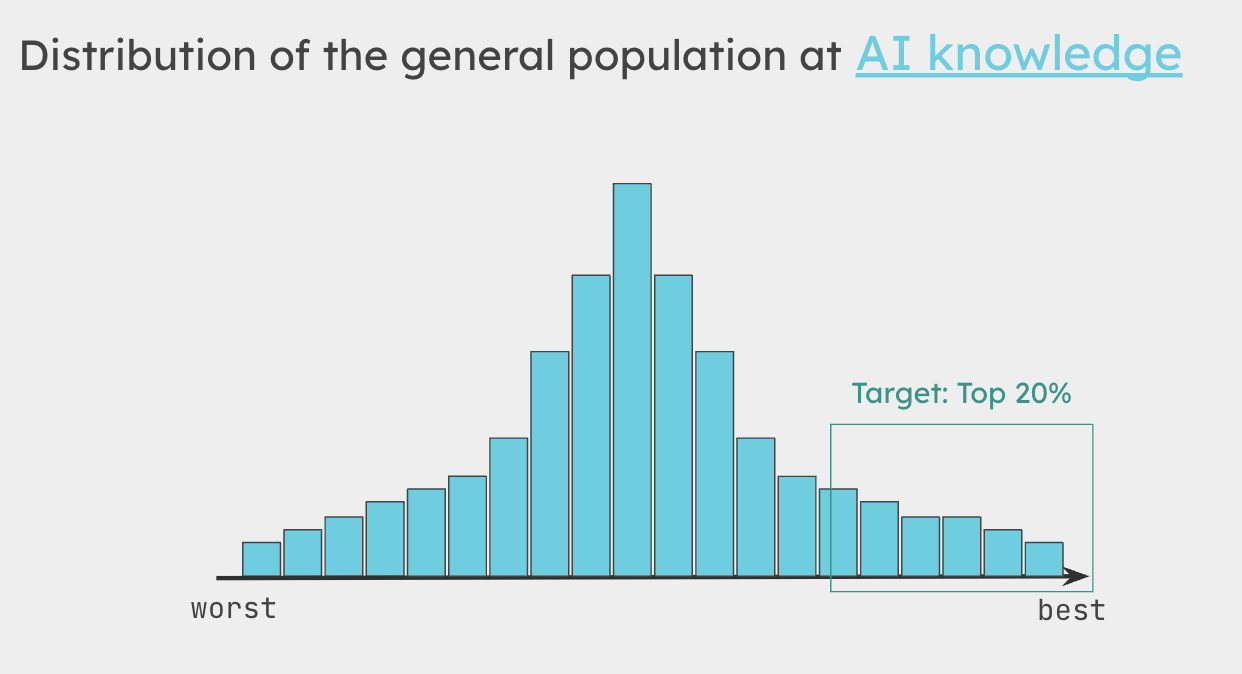
Two 20% give you a 4%.
(go through the math) I gave the example of cooking but this could be any hobby or passion that you have. The idea here is you want to have overlapping skills. Overlapping skills will make you uniquely valuable in places where you can apply your talents. To give another example, Steve Jobs was able to combine his passion for art & design with technology to create Apple.
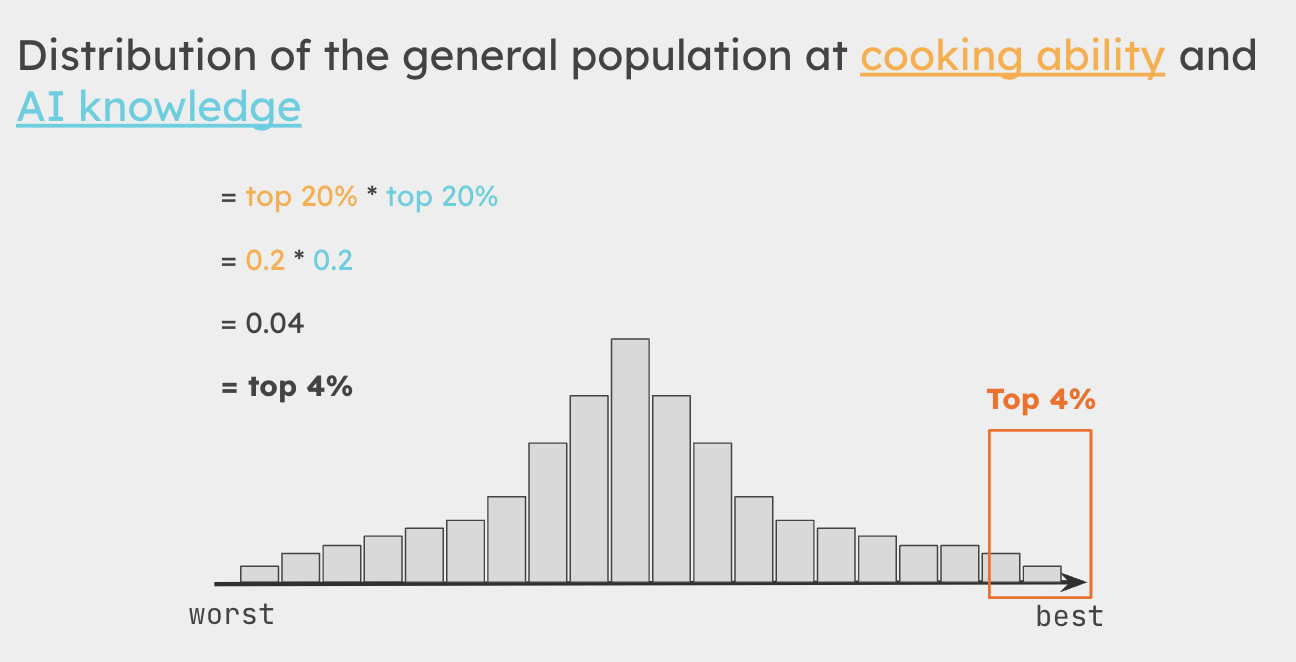
2. Just get started
Most people get paralyzed because they don’t know where to start. It doesn’t matter, just get started. Once again, let me illustrate with a graph.
If you start today, here at the Mark Cuban Foundation bootcamp, let’s visualize where you’ll end up a year from now. Let’s assume that you will get 1% better every day. Look where that gets you. Those who choose to do nothing get 1% worse every day. Look where they end up. The initial period is called the valley of disappointment. This is where most people drop out. This period is tricky because it feels like you aren’t making any progress when you actually are. It’s important to stick through it and that you don’t give up when you are tempted to quit. Keep a long term perspective. I promise you that the results will show if you are persistent over time.
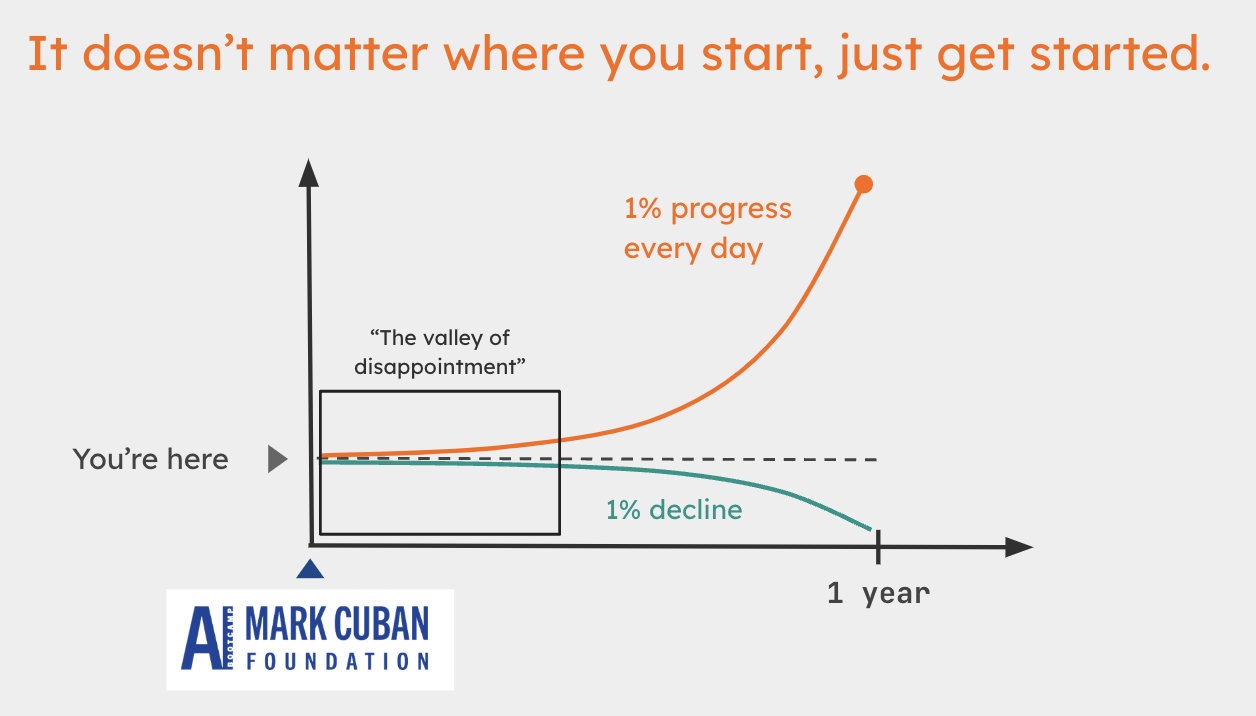
3. Build something
Learning by doing is the most fun way to learn. Build anything: a project, a website, a chart, a prototype, a design on a piece of paper. You will have a chance to work on a capstone project over the course of this bootcamp.
It’s easier than ever to build stuff. There are so many tools out there for you to play around and get creative. Generative AI tools can help you brainstorm, chat, design, generate sound, image, and video, and make prototypes. They can even write the code for you. You can code without having to know how to code.
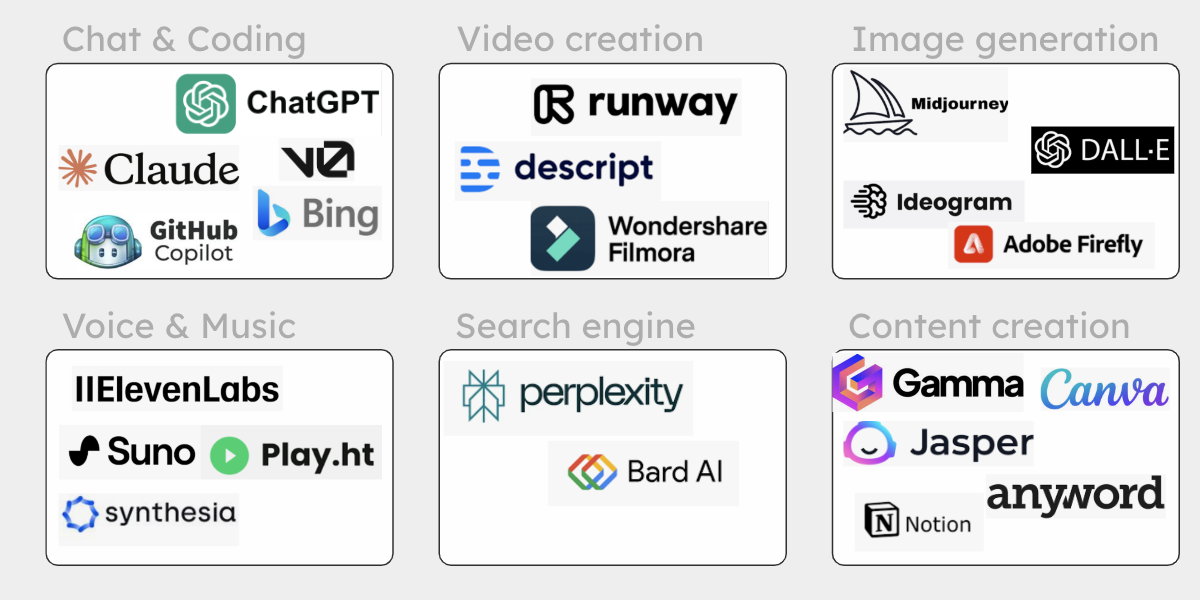
4. Show your work
Once you’re ready, don’t forget to show your work. Post about it, write a blog post or a research paper, and talk about it to your friends. Make sure you are able to speak knowledgeably and credibly about your project. And why not reach out to someone like Mark Cuban if you feel like your work can answer their business needs. Most people think there’s no way to help someone as famous and successful as Mark. But if you have information that you think his business might need, why not offer to help. If you sound credible, they will answer.
Final thoughts
This is a tremendous opportunity to kickstart your career. Make the most of it. Be creative. Think outside the box. Don’t be afraid to bring your own passion. Just like I merged AI with basketball, you can apply it to your interest too. I’m excited to see what you build. I will be available on Slack throughout the camp if you want to shoot me a message. Just remember, you too can make your dream come true!
